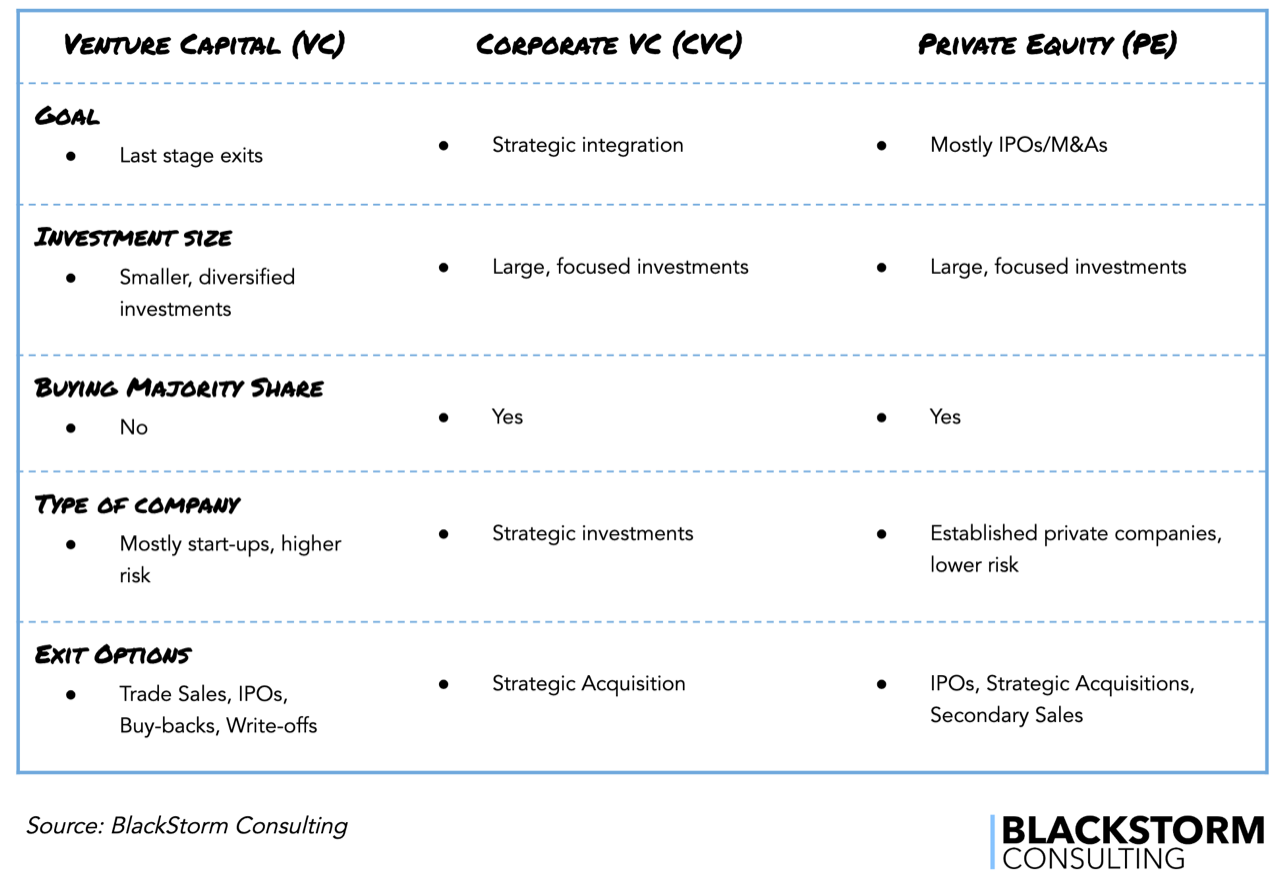Strategic capital is essential for startups to achieve sustainable long-term growth

Smart capital, simply put, refers to the investment that brings along additional value such as knowledge, relationships, potential partnerships in addition to cash. In an economy where connectivity is becoming increasingly important and prevalent, smart capital is becoming more and more crucial for businesses to flourish.
Specifically in Southeast Asia, relationships are the backbone of business partnerships and dealings. Connections that investors may have can be equally or even more important than the cash they can deliver. For the growing number of startups, getting plugged into the ecosystem is imperative for their growth – to connect with suppliers, customers as well as forming strategic partnerships with other companies.
On the other hand, investors are also seeking investment opportunities where they can provide more than just cash. Ultimately, they want to be confident of getting the highest return possible.
Also Read: 10 reasons why businesses need to get involved with their communities
Many funds such as VCs focus in certain spaces, allowing them to gain expertise and build connections among their investments. The rise of Corporate VCs (CVC) also points to the importance of providing smart capital, where large corporates buy smaller companies to improve their businesses.
PE firms buy companies that fit into their investment portfolio intending to restructure them to prepare them for more significant exits such as IPO and M&A.
Understanding the Southeast Asia investment market
While the global investment community has been eyeing the Southeast market for some time, the business landscape is still generally considered risky with political instability and underdeveloped infrastructure to support startups, except for countries like Singapore. As such, the majority of investments still come from PE firms that deal with companies that have already established some market success.
The number of VC and CVC investments have also increased in recent years with the booming technology industry providing an array of diverse solutions. However, in 2018, most of the funding in Southeast Asia is to later stage companies such as Grab, Lazada, Go-Jek, Tokopedia and Sea Group.
Smaller VC firms still face strong headwinds in finding capital for riskier start-ups. Investors are in high demand in Southeast Asia. Companies and funds face difficulty in raising capital due to the risky nature of investments in Southeast Asia despite the high growth potential.
Investors in developed countries such as the United States and China tend to behave differently from those in Southeast Asia.
Due to the significantly larger pool of investors and the size of the domestic markets, it is common for startups, especially those with proven track records, to be selective when it comes to receiving investments. As the investment landscape in Southeast Asia is still considered relatively new, it will be the startups who are chasing for funds rather than the other way round.
Understanding investors

As shown in the above image, investors of different types of funds do have different goals for their investments. Even angel investors have different goals such as retirement, partnerships with the existing portfolio and personal financial goals. Having aligned expectations as investors is important to avoid being pressed by the investors for quick financial returns when the business is premature for its intended exit.
Smart capital can also be disruptive when investors have different strategies from the management. This could result in conflict, wrong decisions and could even lead to failure. Discussing strategy must be on the agenda when seeking smart capital to align the vision so that stakeholders can support one another to execute the business plan effectively.
Also Read: What you need to know before taking Venture (or Vulture?) Capital
Another way to understand investors is through the way they conduct their due diligence. It reflects the attitude and culture of the investors. For example, if you are raising your first round of investment and was hammered with questions on detailed five-year financial projections, you will know that the investor may not be comfortable with the early-stage investment.
Managing expectations
Discussing what parties want out of the investment is important to lay out duties and timelines to obligations. This ensures that investors do deliver on what they promise to provide for the business, providing clarity for the investors to carry out specific action plans. It also assures investors on when and how the company intends to fulfill its financial obligations (e.g. expected to start distributing dividends in Year 3.. Do not just ask for investors’ help without telling them what you can provide them.
Providing alternatives
Risk is a huge concern in Southeat Asia for any investor. Creating alternatives and other options may pose a higher level of risk for the business, but it increases the chances of securing investments in this underdeveloped economy.
Structured finance can be used to compensate investors when certain key objectives are not met by the stipulated timeline. Royalties can also be used as sweeteners to pay investors based on business performance rather than fixed amounts like dividends.
As the bond market in Southeast Asia develops, companies can also consider convertible notes. This allows investors to invest through debt, which is less risky, with the option to switch to equity to capitalise on higher returns – should the business succeed.
There are many different ways that investment deals can be structured to reduce the risk of investors. The business should consider how they can meet the interests of investors by reducing risk to gain funding. While this may not be optimal for businesses, it is necessary for the near future as investors continue to remain wary in the region.
Conclusion
The Southeast Asia economy remains a difficult but a blooming space for businesses to grow as competition is stiff while capital is sparse. Yet capital remains a crucial aspect for businesses to operate and grow, with strategic partners being necessary for acceleration into complex markets. To compete for smart capital, businesses must do better than simply boasting large returns, but learn how to manage risk for investors.
—
Editor’s note: e27 publishes relevant guest contributions from the community. Share your honest opinions and expert knowledge by submitting your content here.
The post How to get smart capital in Southeast Asia appeared first on e27.